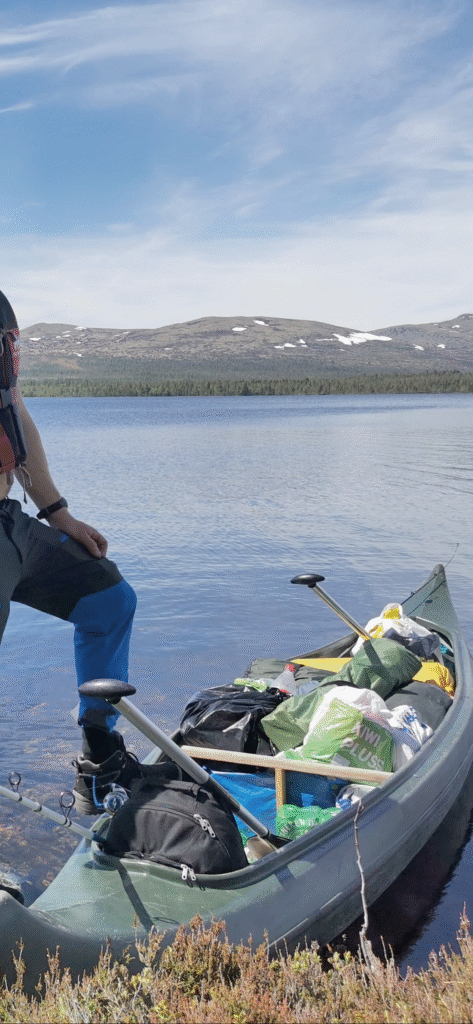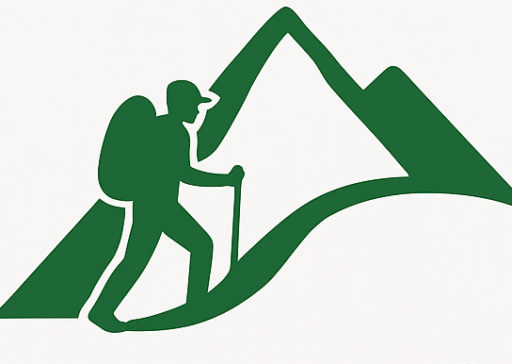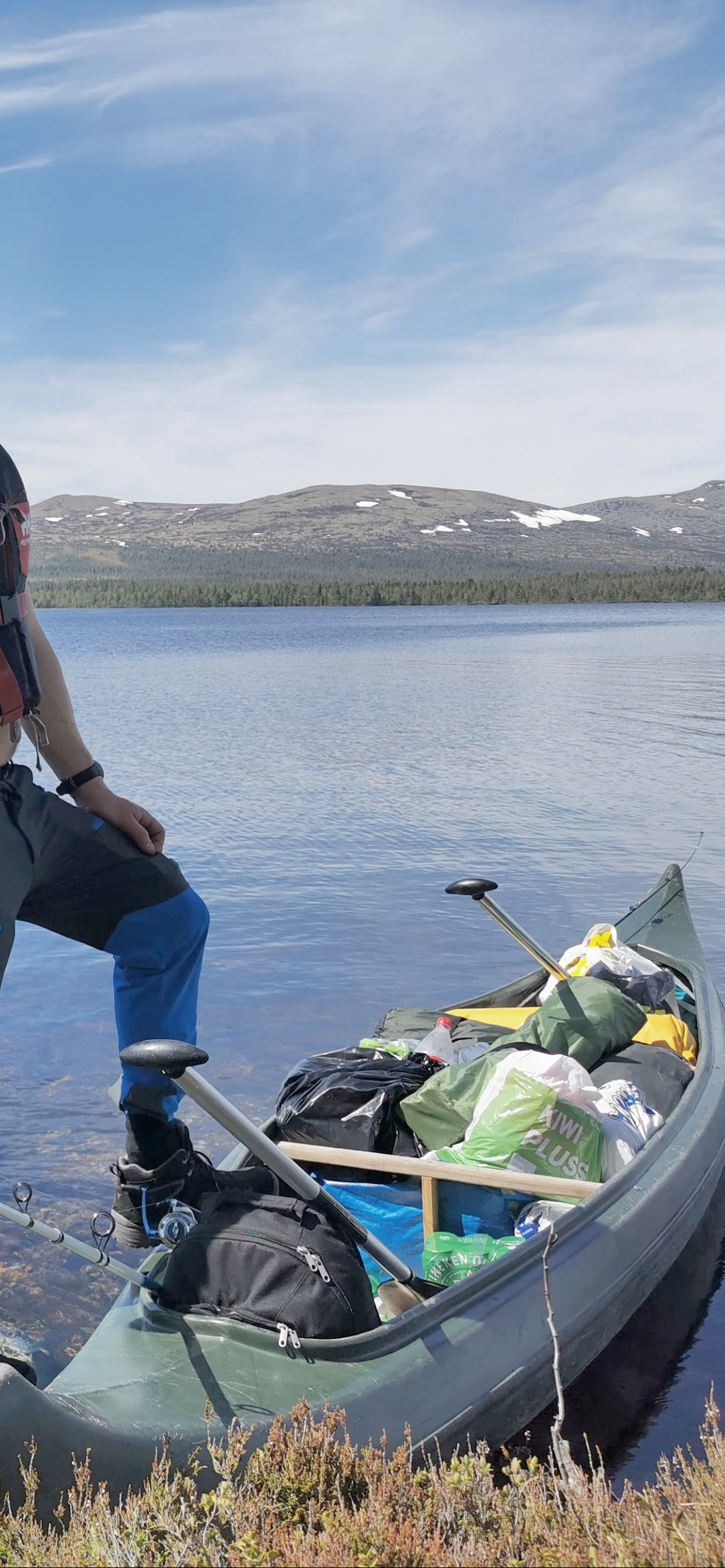Growing Up with the Old Hiking Culture
I grew up in Norway, a country where people like to say: “There is no bad weather, only bad clothing.” And there is truth to that. Especially on the west coast, the weather can change in minutes – sunshine one moment, pouring rain the next.
Because of this, Norwegian outdoor culture has long emphasized being prepared for everything. That meant layer upon layer of wool, heavy leather boots, sturdy belts, cotton anoraks, and mittens so thick you could hardly use your hands.
Backpacks were often the classic “Ludvig packs,” with steel frames, leather straps, and thick cotton fabric. In them, we stuffed heavy food like canned meals, bread in metal lunchboxes, spekepølse (cured sausage), flatbread, and large bottles of water. If you wanted hot food, you carried a full Trangia stove with pots, pans, and bottles of liquid fuel. And if you really wanted to treat yourself? A few glass bottles of beer came along, too.
On winter trips, the packing list grew even longer: leather ski boots, wooden skis with metal bindings, a large spade in case you had to dig a snow cave, and of course, heavy multi-part canvas tents that could withstand storms but weighed a ton.
The mindset was always the same: better too much than too little. You carried spare wool sweaters, extra socks, and a full change of clothes because getting wet or cold could ruin your trip – or worse, endanger you. Carrying heavy was part of the identity. Complaining about the weight made you seem weak.
This way of thinking stuck with me for a long time. It was normal. It was what everyone did. But it also made some of my trips far harder than they needed to be.
The Femundsmarka Canoe Ordeal
One of the clearest examples happened a few years ago, when a friend and I planned a four-day canoe trip in Femundsmarka National Park, Norway’s largest wilderness area.
The idea was simple: walk 8 kilometers into the forest, reach the first lake, and then paddle deeper into the park. Easy enough, right?
Not when you pack like we did.
Because we had done many canoe trips before – the kind where you drive to a lake, load the canoe, and paddle straight from the car – we packed the same way here. That meant piles of food, multiple bags, unnecessary gear, and even a full-sized folding canoe on top of it all.

The weight was ridiculous. Instead of one pack each and the canoe, we had several backpacks, loose bags, and far too much food. Carrying it all in one go was impossible.
So we invented a miserable system:
- Carry the canoe forward, leave it.
- Walk back, fetch the bags.
- Catch up to the canoe.
- Repeat.
Those 8 kilometers turned into 12 hours of back-and-forth hauling, stumbling over rocks and roots with far too much weight on our backs. By the time we reached the lake, we were destroyed.
The irony? We could have easily survived with half the weight. A single lightweight backpack each, compact food supplies, and modern ultralight tents and sleeping bags would have transformed the experience. Instead of a brutal slog, it could have been a two-hour walk followed by a relaxing paddle into the wilderness.
Struggling Up Innerdalstårnet
Another trip that went wrong was our attempt to climb Innerdalstårnet, a 1,400-meter peak in what many call Norway’s most beautiful valley.
Because it was early May, skis were necessary for the approach. My choice?
- Heavy, second-hand mountain skis with old telemark bindings.
- High, stiff leather ski boots.
- Traditional wool layers and a cotton anorak.
It was the perfect recipe for misery.
The skis felt like bricks on my feet, sinking deep into the soft spring snow. Every step was like pulling my legs out of mud. Without climbing skins, progress uphill became exhausting. The boots added to the struggle, rubbing my feet raw and weighing me down.

The weather didn’t help either. It was sunny and hot, but I had packed for winter. Thick wool layers made me sweat heavily. The little water we carried was quickly gone, leaving us with only snow to eat as we neared the top.
At that point, exhaustion and dehydration forced us to turn back. We never reached the summit.
And once again, I realized how different it could have been. With lightweight skis, breathable clothing, and a proper hydration system, the trip might have been challenging but achievable. Instead, it became a lesson in the cost of old equipment and poor planning.
What I Learned from These Trips
Looking back, both of these adventures could have been completely different with modern ultralight gear and a better mindset.
- In Femundsmarka, a light pack would have meant walking straight to the lake in a couple of hours instead of 12.
- In Innerdalstårnet, modern gear could have given us the energy and hydration we needed to safely reach the summit.
The lesson? Weight matters. Every extra kilo drains your energy, slows your pace, and clouds your experience.
The Ultralight Philosophy
Ultralight backpacking isn’t about leaving everything at home. It’s about choosing the right gear – equipment that is light, efficient, and suited to the conditions.
That means:
- Tents under one kilo instead of heavy canvas shelters.
- Freeze-dried meals instead of canned food.
- Layered technical clothing instead of thick wool and cotton.
- Modern backpacks designed for comfort and weight savings.
By reducing what you carry, you don’t just save your back – you free your mind. You move faster, conserve energy, and have more space to enjoy the actual experience of being outdoors.
From Struggle to Adventure
These trips taught me that suffering under a heavy pack is not a badge of honor. It’s often just the result of outdated habits.
If I had embraced ultralight principles earlier, many of my hardest trips would have been easier, safer, and more enjoyable. Less time fighting the weight, more time living in the moment.
And that’s why I share these stories now: so others can learn from my mistakes, and discover how ultralight backpacking can transform struggle into true adventure.

